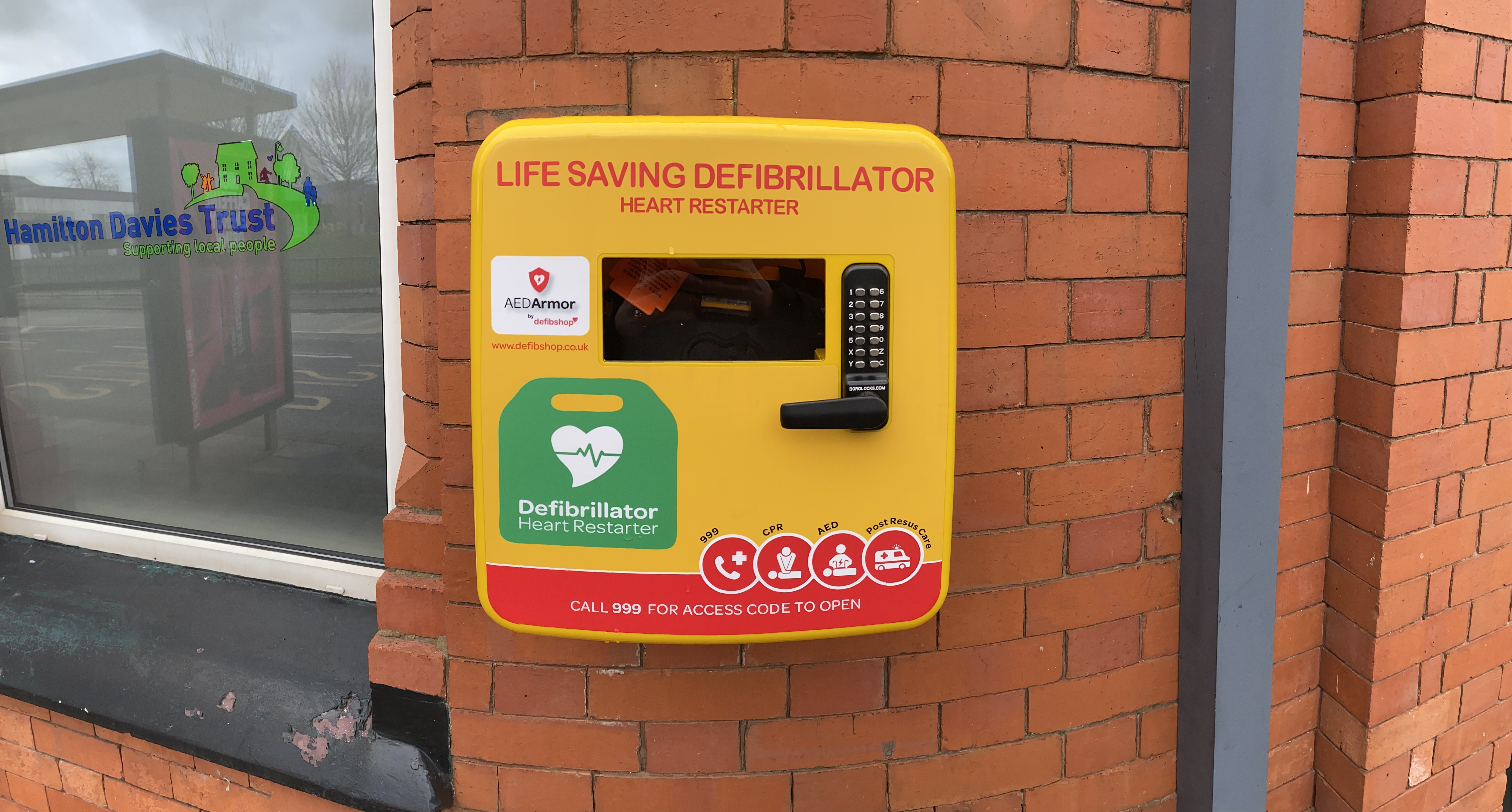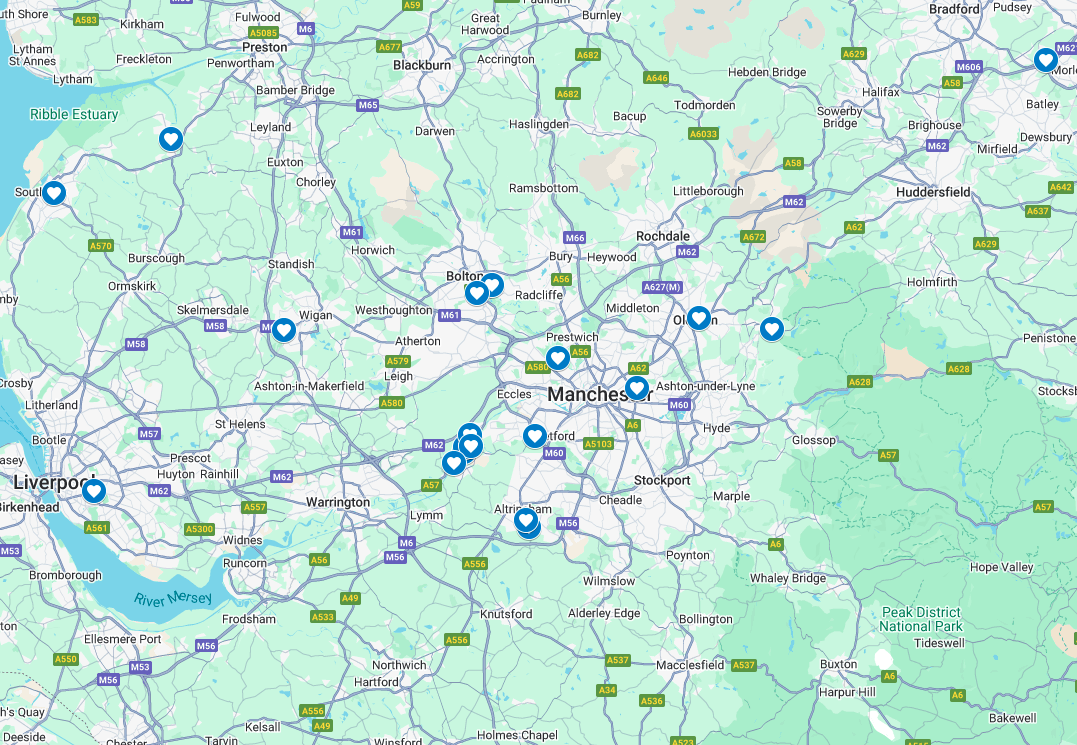Paediatric Care: How to Treat a Child who has Suffered a Cardiac Arrest

Sudden Cardiac Arrest (SCA) is a condition that does not discriminate, affecting both adults and children, often with no prior warning.
It is important to know how to respond to a child in cardiac arrest quickly and effectively. There are a few minor adjustments to be made when the victim of cardiac arrest is a child. We explore the steps that should be taken to safely treat a paediatric patient.
Paediatric Care
The only definitive method for treating a cardiac arrest when treating adults and children is effective CPR and use of a defibrillator. Every second counts when responding to a sudden cardiac emergency as for every minute that passes without treatment, the patient’s chance of survival decreases by 10%. If treatment is delivered within 3-5 minutes of the victim collapsing, their survival chance significantly increases from 6% up to 74%.
Defibrillation
Electrode pads are a key variation between adult and paediatric treatment. Paediatric pads are designed to provide a safer level of Joules when being used to shock the heart back to its natural rhythm.
Some defibrillator models do not require a separate set of paediatric pads as they have a built-in paediatric function to allow the shock level to be lowered at the touch of a button. This saves valuable time in an emergency as the need for swapping out pads is removed.
Electrode pad placement is different for treating children aged between 1 and 8 with a defibrillator due to the size of a child’s chest in comparison to an adult’s. One pad is placed in the centre of the chest, the other is placed on the back to provide a potentially life-saving shock to the heart.
CPR
As well as defibrillation, CPR should be performed slightly differently to avoid further damage being caused to a child. While the chest compression to rescue breath ratio is the same (30:2), compressions should only be one-and-a-half inches and the head should not be tilted back as far when providing breaths, as a child’s airways are more fragile.
Life-Saving Skills
Sadly, no-one is immune to sudden cardiac arrest and every week 12 fit and healthy young people in the UK are lost to undiagnosed heart conditions. Having basic knowledge on how to respond to a child that falls victim to a cardiac arrest increases your level of confidence and potentially improves the victim’s chance of survival.
defibshop are committed to equipping everyone with the skills and knowledge to save a life. Speak to one of our Product Specialists on 0161 776 7422 or fill out our Contact Form.












